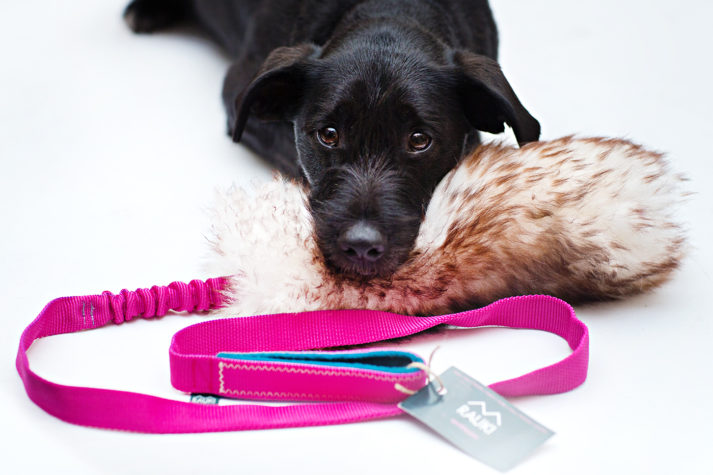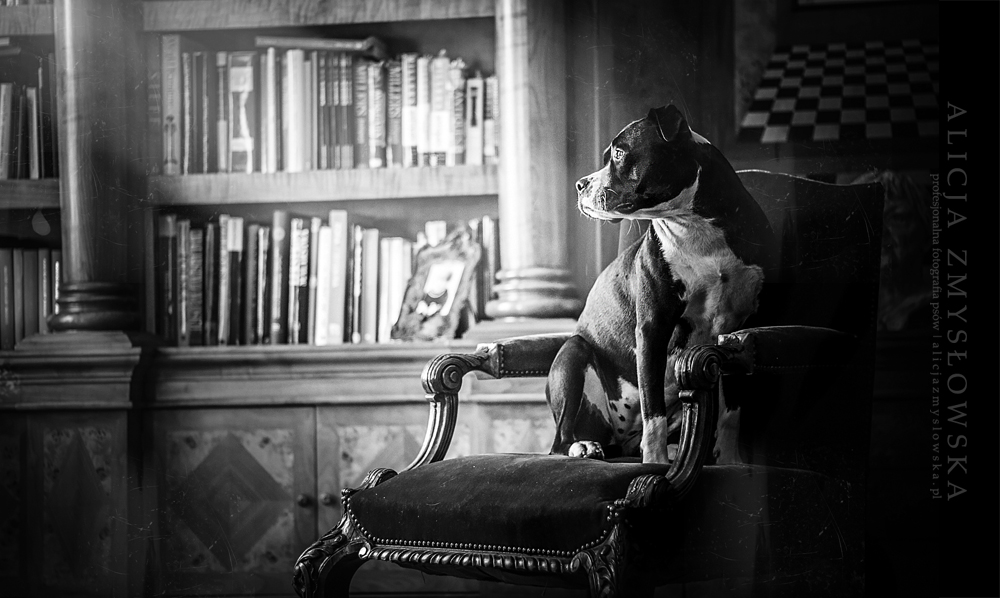
Recently I have been working with many dogs during various seminars and classes.
It pushed me to write a post about one technical aspect of dog training I think, a lot of people have problems with. MARKERS.
What is a MARKER?
First of all it is a form of communication with our dogs, marking the specific moment in training, in certain behavior and it also brings the information about the delivery pattern of the reinforcement.
Properly established and used (clear, consistent) will be a positive and precise information about the certain moment of behavior, completed behavior, chain of behaviors. Marker is not a praise and should not be used as such. Making a shortcut we can say that MARKER is a confirmation of a well performed behavior.

Why do we need markers?
They are a clean and effective (if established properly and used consistently) way of communicating with our dogs.
1. They make the behavior and performance clear
In other words, they clear the behavior performed by the dog from uncertainty, accident. They increase the confidence of our dog in understanding what he does is what we expect and what is followed by the reinforcement.
2. Markers allow us to separate reinforcement from the behavior
Long before they came up with idea of markers in animal training (which was mostly clicker) delivery of food was used as a confirmation for the dog that he did well.
This has often led to a situation that a dog needed a position of a handler to perform the behavior plus there was no option to feed out of the position. It was believed that you have to feed right in the desired position otherwise another behavior would have been reinforced.
3.They implicate the delivery pattern of the reinforcement.
That is why I love them so much! They allow us to differentiate the way we deliver our reinforcement. It is basically the consequence of point 2. Because we are able to separate the reinforcement from the behavior we can reward out of the position, and we can assign a different delivery protocol to each marker. Thanks to that each marker will be followed by a different reaction from our dog.
4.They allow us to Focus on specific aspect of the behavior
When we use them consciously and clearly we are forced to analyze out training more.
We can use each marker to focus on a different aspect of the same behavior. One can encourage dynamics, the other precision. They are tools that allow us to be more thoughtful trainers.

So why do we need variation of markers?
Because they implicate the delivery patterns and because of the point 4 above ?
I’ll try to come up with few examples but first I’ll show you what markers we use
Gapcio
FOOD MARKERS
- “yes” – what you do it’s great but keep going and I’ll bring the food to your mouth
- “weź” – (Polish word for take) it’s a release, so what you did was great. Stop doing it and come get the treat.
- “free” – release but to the bowl away from the handler
- “łap” – (Polish word for catch) run straight ahead and I’ll throw the treat in front of you
- “leci” – (another Polish word for catch ?) look up and the treat will be tossed somewhere near
- “zjadaj” – (Polish word for eat) – turn around and eat what is behind you
- “wow” – it’s our marker for behavior chains, it means you did great but we need to work a little bit more for reward
- Clicker – basically we use it as a release and substitute for WEŹ but with different energy
TOY MARKERS (We are able to work with toys not for so long ago (Gapcio had serious issues with toys so it took us a while to make things okay) so we only have few)
- “catch” – come get the toy from my hand
- “go” – run straight ahead and I’ll throw the toy in front of you
- “gra ” – (Polish word for play) toy is behind you
Now the examples why it is so great to have at least a few markers.
- Obedience exercise: send away to a square Let’s say that Gapcio has issues with stopping, turning around too early, and not being in the middle of the square, where he should be. What are my options:
- I only have one marker “GREAT” – which in 99% is used when a dog is looking at me and the treat is delivered to his mouth. What happens when I say it when Gapcio is in the square? It is more than probable than Gapcio will turn around and come to me to get the treat.
- I have no markers – which means I have to deliver the food in position. Well… try to be faster than your dog ?
- I have all my various markers: I use “łap” which means run straight ahead and I’ll throw the treat in front of you. Gapcio will not have to return to me and he will have to run even further to get the reward. When repeated various times, it will strengthen his behavior being: run further because this is where you will get the food. It will also help him not to look back at me because he understands that the reward is delivered in front of him. Plus after he runs further after few times I can mark the exact place where I want him to be in the square, without risk of him stopping and returning to me. I could of course use toy marker „go” instead
- If the situation was the opposite: he runs to far into the square; I could use my marker “weź” that means he should go back to me to get the food. I could of course use toy marker „catch” instead
- Nosework exercise: staying at source:
- I only have my marker “GREAT” which in 99% is used when a dog is looking at me and the treat is delivered to his mouth. What happens when I say it when the dog is at source? He will return to me for a treat.
- I have no markers – again, it means I need to be faster, challenging option ?
- I have all my various markers – I use “yes” which means “what you do it’s great but keep going and I’ll bring the food to your mouth. I can confirm my dog from a distance that is id doing a good job, and walk to give him the treat at source.
Is it not fascinating! You can actually focus on each aspect of the same behavior just by using different markers.

